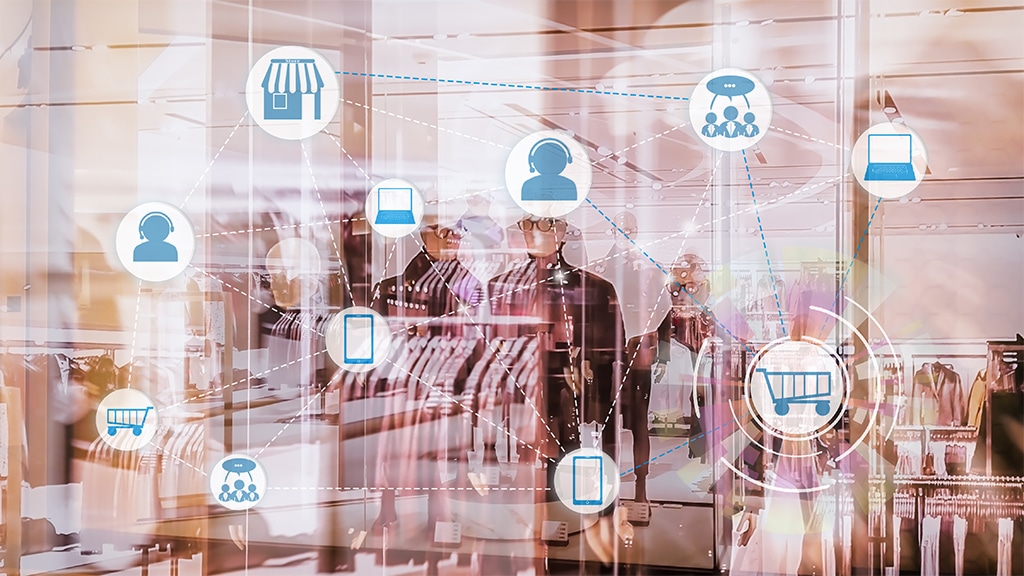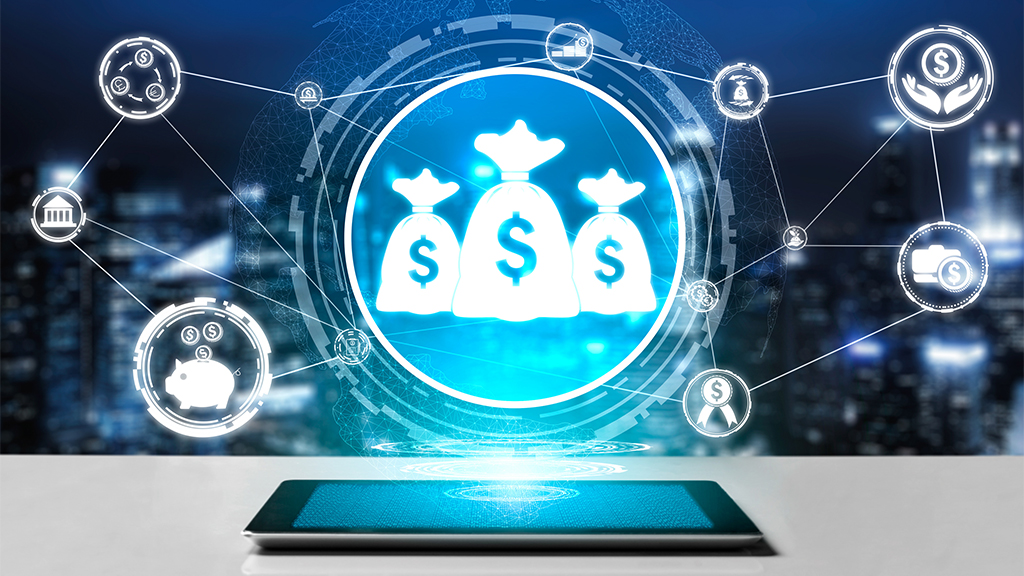Omnichannel retailing has become the backbone of how businesses connect with customers, making it easier to shop across multiple platforms, be it brick or mortar, online, on mobile apps, or even through social media. As consumers seek greater convenience, retailers face the challenge of meeting shoppers wherever they are, building a connected experience that keeps them coming back. As an indicator of its importance, the global omnichannel retail market soared to an impressive $5.9 trillion in 2024, showcasing the rapid adoption of these omnichannel strategies by retailers aiming to take the shopping experience to new heights.
However, as we approach 2025, the focus shifts from just implementing omnichannel solutions to effectively leveraging omnichannel insights. This transition is imperative for retailers, as it enables them to better understand customer preferences, optimize inventory, and create personalized marketing strategies. With 67% of consumers preferring brands that offer a consistent experience across all channels, it’s clear that retailers must leverage omnichannel analytics to build a cohesive brand presence and connect with customers on a deeper level.
Through this blog, we’ll touch upon omnichannel retailing and how retailers can capitalize on omnichannel analytics in 2025 to future-proof their business for the next wave of retail innovation.
What is omnichannel retailing?
Omnichannel retailing is all about integrating multiple shopping channels or touchpoints, both digital and physical, to provide a near-real-time shopping journey to customers. It’s designed to be smooth and seamless, ensuring that your customers always feel connected, no matter how or where they choose to shop. The core idea behind omnichannel retailing is that customers should be able to transition effortlessly between channels without any friction.
For example, a customer browses a product online, checks its availability on a mobile app, purchases it in a store, and receives customer support through social media—all while feeling like it’s one cohesive experience. This links all channels, combining your physical storefront with your website, retail app, and social media channels to create a unified experience. A great example of omnichannel retailing is when these touchpoints are seamlessly connected, allowing the customer to transition smoothly between them without any disruptions or inconsistencies.
Omnichannel retailing is not just about integrating different shopping channels but also about leveraging modern IT technologies. It brings together various technologies like in-store systems, online shops, and mobile apps, all backed by modern IT technologies. Innovations like AI, IoT, and AR are helping blur the lines between physical and digital shopping, creating a more seamless omnichannel retail experience for customers. With big data and machine learning, retailers can better understand what their customers want and offer personalized recommendations across all platforms, making the omnichannel retail experience more engaging.
What is omnichannel analytics in retail?
As technology evolves, omnichannel insights will become more integral to the retail industry. Data and analytics collected from all customer interactions will help retailers better understand their customers—how they shop, what influences their decisions, and where they might face frustrations.
In the past, retail was a siloed experience. Customers’ interaction with a brand in-store was completely separate from their online browsing or mobile app usage. Data was fragmented, making it difficult for retailers to see a full picture of the customer’s journey. Moreover, shoppers often face frustrations when switching from one platform to another, like browsing online but buying in-store, with no smooth transition. Without connecting these experiences, retailers miss out on chances to offer personalized and seamless interactions.
Fast forward to today, and the retail landscape has completely transformed with the emergence of AI services. With retail omnichannel analytics, retailers can now track customer behavior seamlessly, personalize every interaction, and smooth out any bumps in the shopping experience. The results?
- Smoother shopping experiences
- Stronger customer loyalty
- Boosted sales number
Read more: Future-proof your retail business: Embrace data analytics & AI for success.












